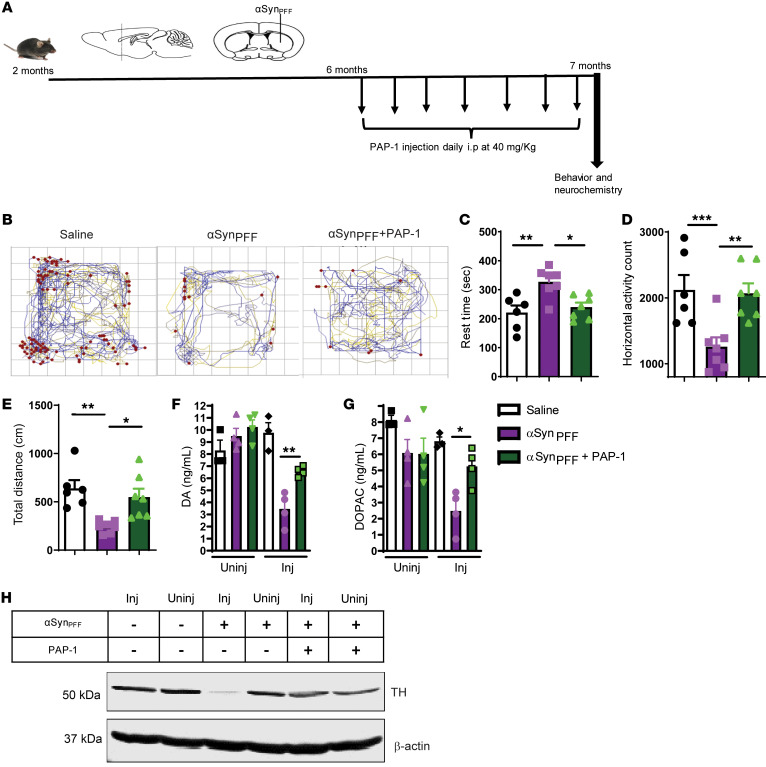Figure 8. Kv1.3 inhibition protects against αSynPFF-induced behavior deficit and dopaminergic neuronal loss.
(A) Treatment paradigm corresponding to the αSynPFF mouse model of PD. (B) Representative movement tracks showing that PAP-1 rescued movement deficits induced by αSynPFF. (C–E) A VersaMax open-field test showed decreased (C) rest time and increased (D) horizontal activity and (E) total distance traveled for αSynPFF mice treated with PAP-1. (F and G) HPLC showing that PAP-1 treatment protected against loss of (F) dopamine and (G) DOPAC induced by αSynPFF. (H) Western blot analysis of TH showing loss of TH induced by αSynPFF in the SNpc region. A 1-way ANOVA was used to compare multiple groups. In most cases, Tukey’s post hoc analysis was applied. Each dot on the bar graphs represents a biological replicate. Data are presented as the mean ± SEM, with 3–7 animals per group. *P ≤ 0.05, **P < 0.01, and ***P < 0.001.

